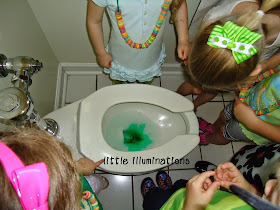When you are working with children, do you ever think "I should teach them how to laugh"? Probably not. Most teachers are too focused on "Can they read?" or "Can they write?". Unfortunately, some children need to be taught to laugh.
 As with anything, one of the best ways to teach something is to model it. BE a HAPPY teacher. Laugh at things in the room.
As with anything, one of the best ways to teach something is to model it. BE a HAPPY teacher. Laugh at things in the room.
What a wonderful gift to give!!!
Children are drawn to people who make them laugh. This is why you always find them sitting around the adult who is doing silly tricks (finding a quarter in their ear) or making balloons into silly objects.
Laughing produces endorphins and oxytocin, neurochemicals that play a role in good feelings. What happens when we tie singing with laughter?
Laughing produces endorphins and oxytocin, neurochemicals that play a role in good feelings. What happens when we tie singing with laughter?
When I sing "Let's Make a Silly Song", the children love making the faces and sounds and doing the silly dances. With this, we are combining the wonderful effects the music and singing is having on the brain with the laughter.
Here is a gift to all of you for National Humor Month.
Go here; Download this song: You Gotta Laugh
Go here; Download this song: You Gotta Laugh
When prompted for coupon, please use LAUGH. You will get it for FREE. No Joke!
What are the other benefits besides the obvious ones that affect your mood? Well,
laughing, in the "You Gotta Laugh" song, involves vowel sounds. A E I O U
Each vowel is formed in a different part of the mouth and thus, vibrates in a different part of the head, which, in turn, energizes a different part of the brain.
Our vowels are used to sing many songs. "Apples & Bananas", "B A Bay", "You Gotta Laugh". Each of these songs, while playing with the concept of vowels and sounds is also doing much more. The sounds of the vowels shape our faces differently, exercising these muscles in our face. They also vibrate off different regions in our brain and energize each as they do. Any song that has us sing through all the vowels, wakes up, exercises and involves the whole brain.
By singing these vowels, you sustain the sound and cause the vibrations to last longer.
You don't even have to learn anything new!!!
Here is a list of wonderful songs that use vowel sounds that are also FUNNY!
B A Bay Let's Sing a Silly Song
Apples & Bananas Salty Dog
Down by the Bay You Gotta Laugh
Go Go Vowels! John Jacob Jingleheimer Schmidt
Chicka Chicka Boom Boom I Had a Goat
What songs can you add to this list?
This is a great article that outlines all the benefits of laughter.
Article on benefits of laughter
Although you should laugh every month, I think you should laugh even more in April. It's contagious; it feels good; and it's healthy!Article on benefits of laughter
Maryann "Mar." Harman
Music with Mar., LLC




























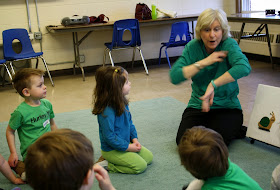






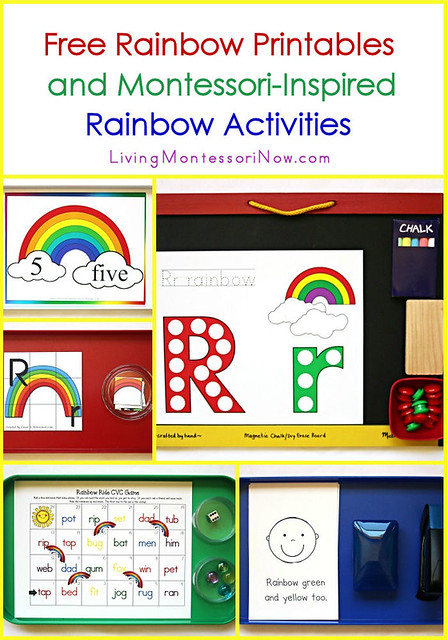

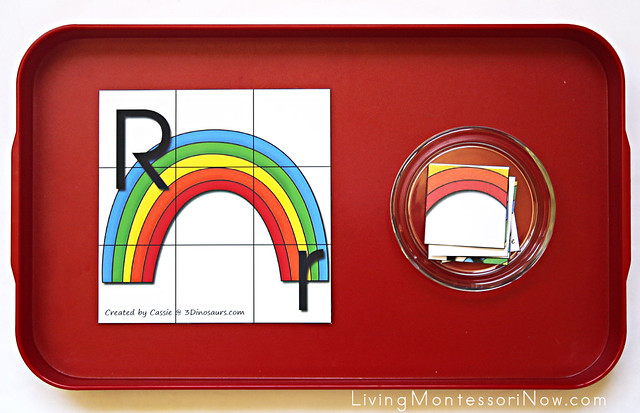
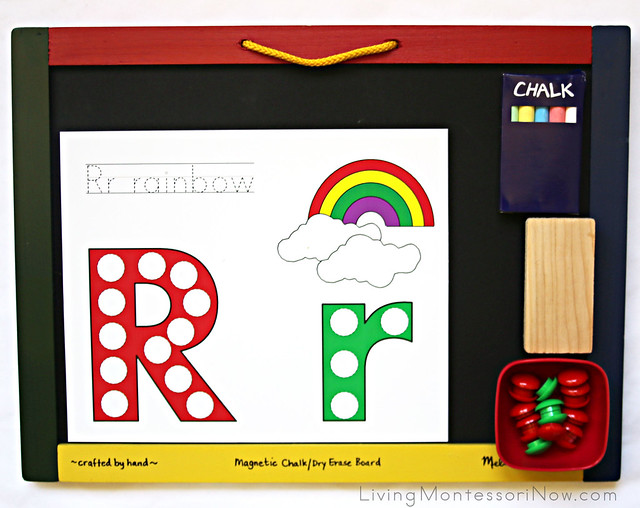
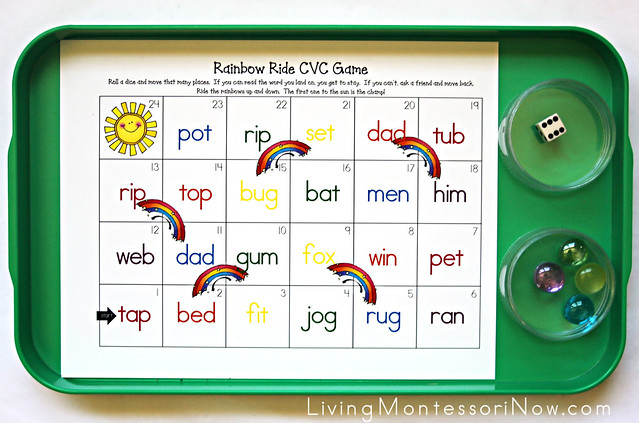






.jpg)












